Additionally, there are several restored (and some not yet restored) buildings that can be seen behind the museum building. The future plans are to create a "Pahrump Main Street Display" on the grounds.
The third display on the museum grounds is the lovely cactus garden. There is also a small cotton patch next to the cactus garden.
Exhibits: There is an interesting array of displays including location historical and political items, pioneer family lifestyle pieces, Native American artifacts, farming and mining equipment, cowboy lifestyle pieces, as well as a large collection of Abraham Lincoln memorabilia.
Pioneer family kitchen items.
Kurtzmann Square Grand Piano (valued at $25,000 to $45,000). The Kurtzmann Company began manufacturing very high quality pianos in 1848.
Hand carved wooden toys.
Cotton ginning items.
Yucca Mountain Nuclear Waste Repository Exhibit: Yucca Mountain (about 60 miles north of Pahrump) was designated by the Nuclear Waste Policy Act of 1987 as a deep geological repository. It was to be a storage facility for spent nuclear reactor fuel and other high level radioactive waste. This was highly contested by environmentalists but approved by Congress in 2002.
After 30 years of testing and construction of the site, in 2011, development of the site was terminated. It was stated that the closure was for political, not technical or safety reasons. This leaves the U.S. without any long-term storage site. Currently, radioactive waste is stored at nuclear facilities around the country.
This is an extensive display with various interactive, multi-media exhibits. Drill used to build the tunnel where extensive safety testing occurred for decades.
Historic Buildings: Pick up a self-guided tour in the museum before heading out back to see the restored buildings.
Raycraft Railroad Tie Cottage: The cottage was built in 1947 as a vacation cottage and is constructed of railroad ties from the Tonopah & Tidewater Railroad.
Miners Cabin: Built by miners as quick housing, these shacks were easy to build and inexpensive to leave behind when the mine petered out.
Mine Tunnel: This is a replica of the many mines built in the surrounding area.
The Pahrump Store: This building was build circa 1904. In addition to serving as the general store, it was also the local post office and barber shop.
The Little Red School House: The school house was in use until 1945 and was moved to the museum in 2005.
The Bowman House is the largest known house built of railroad ties. The 2-bedroom home was the foreman's quarters where the Bowmans raised their 5 children.
Grain Silos: Made of redwood, these were located on the Pahrump Ranch and were used for multiple purposes.
Cactus Garden.
Cotton patch, once an important crop in the area.
Bronze Sculptures: Nine cast iron bronze sculptures imported from Italy were donated to the museum by the Harvest Fair Committee. Here are a few...
Admission to the Museum is free. We found this museum to be very interesting. I especially liked the self-guided tour of the restored buildings...a very enjoyable Sunday afternoon.
Website: www.pahrumpvalleymuseum.org
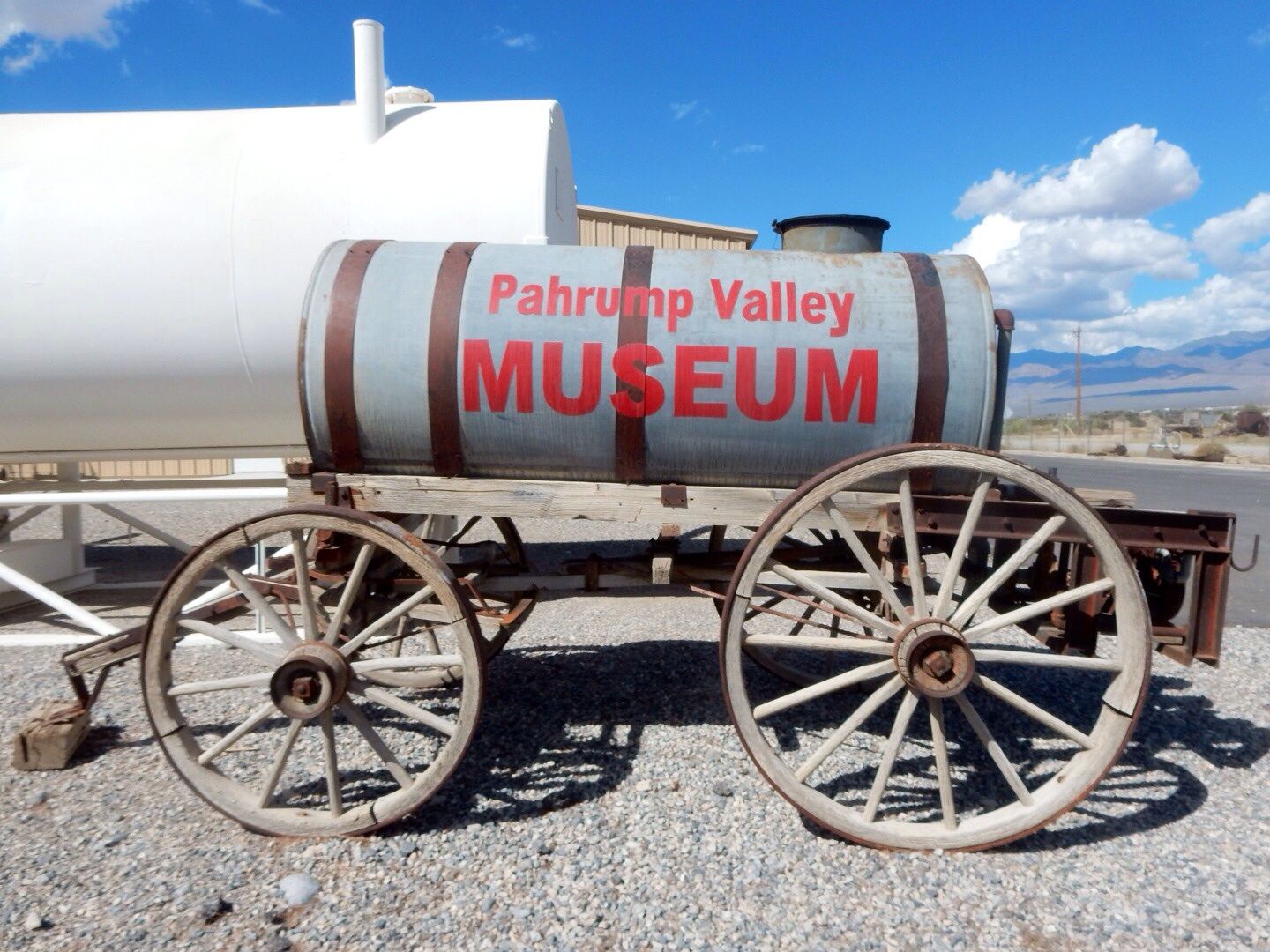

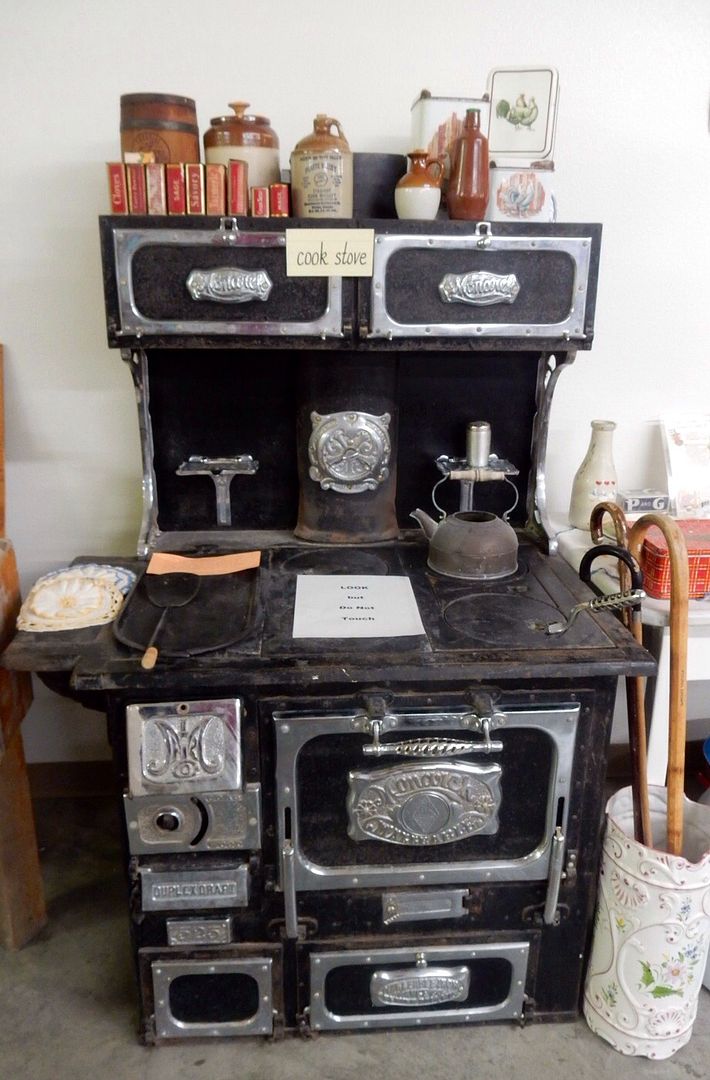

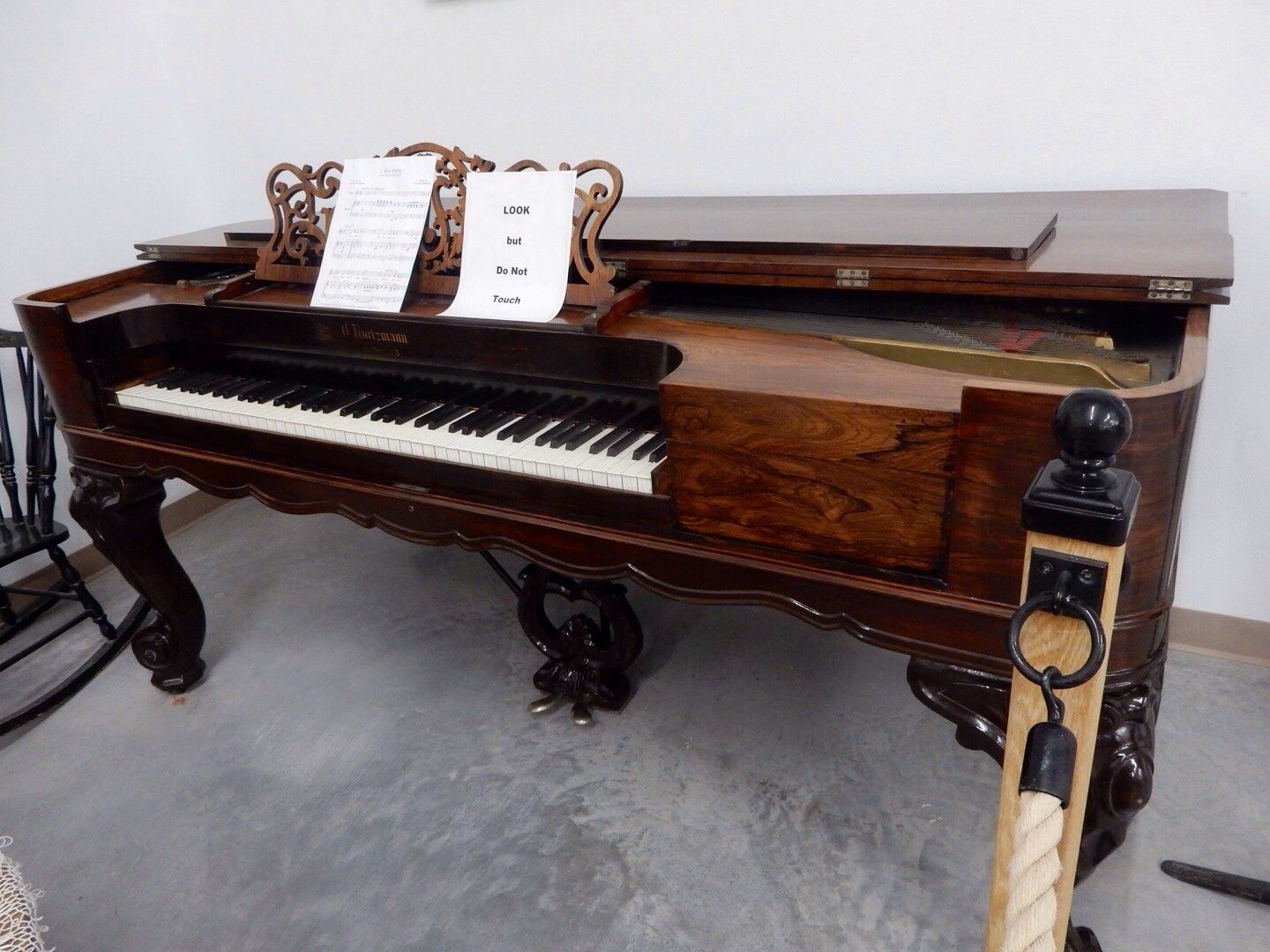
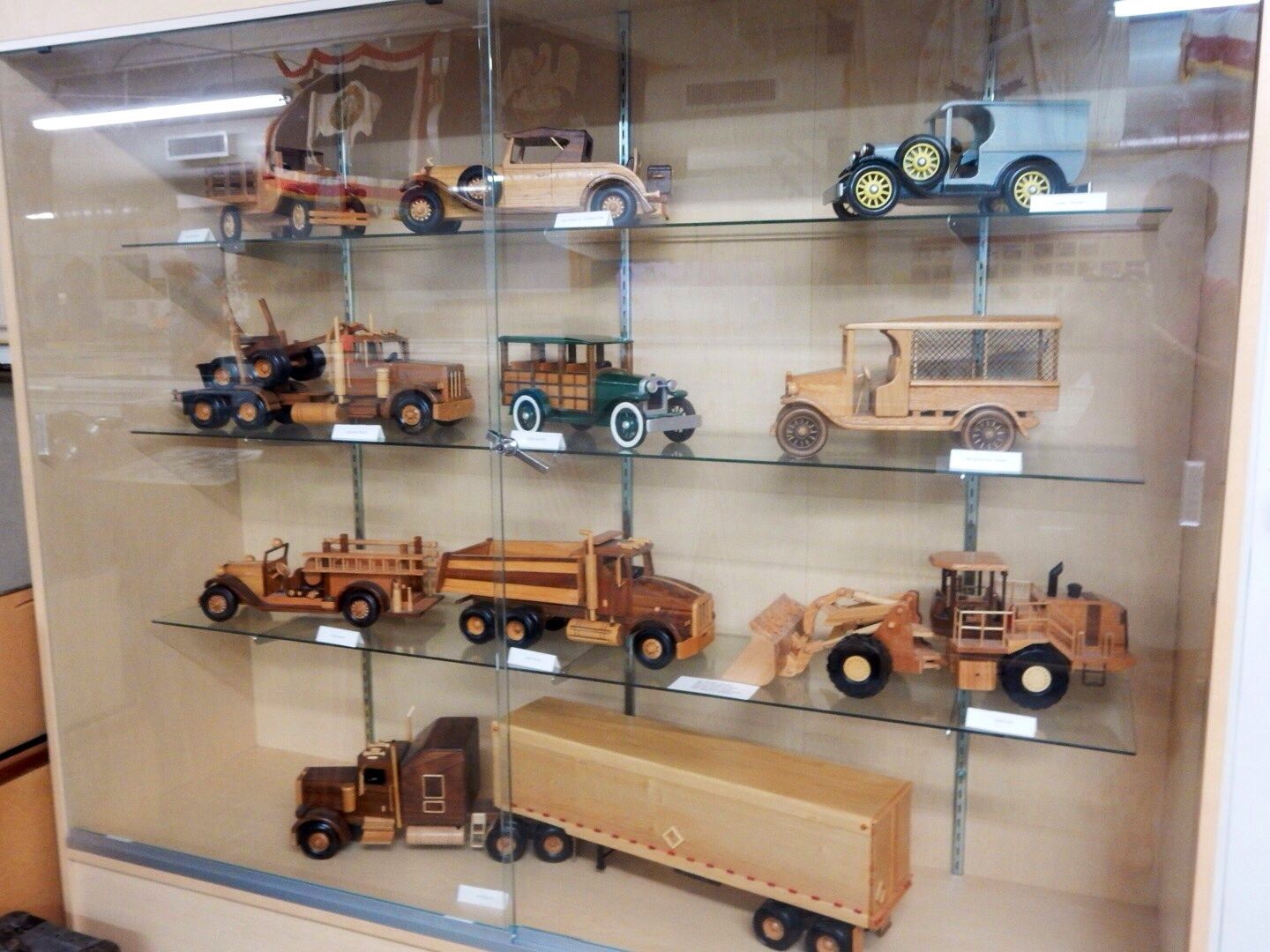
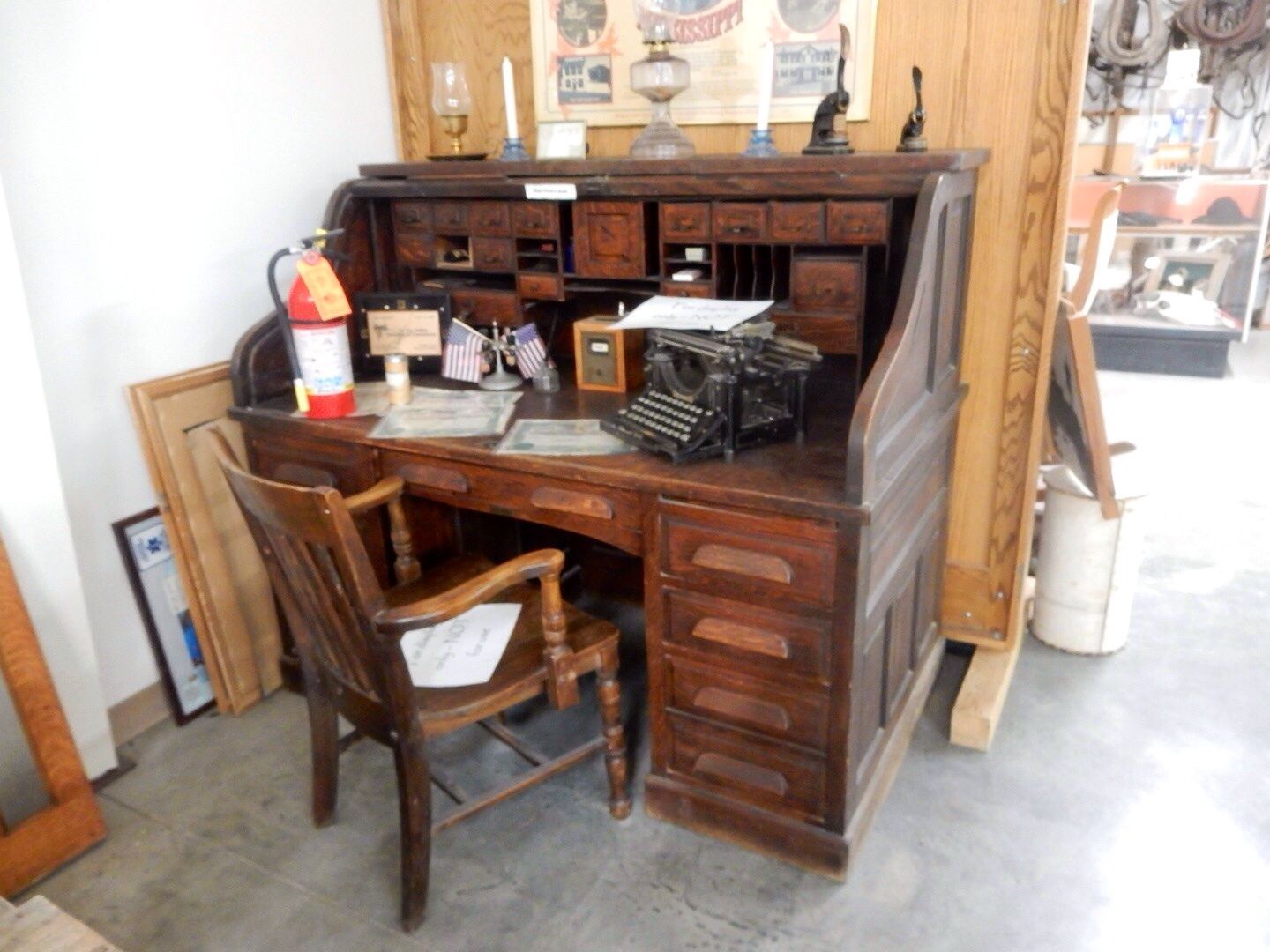
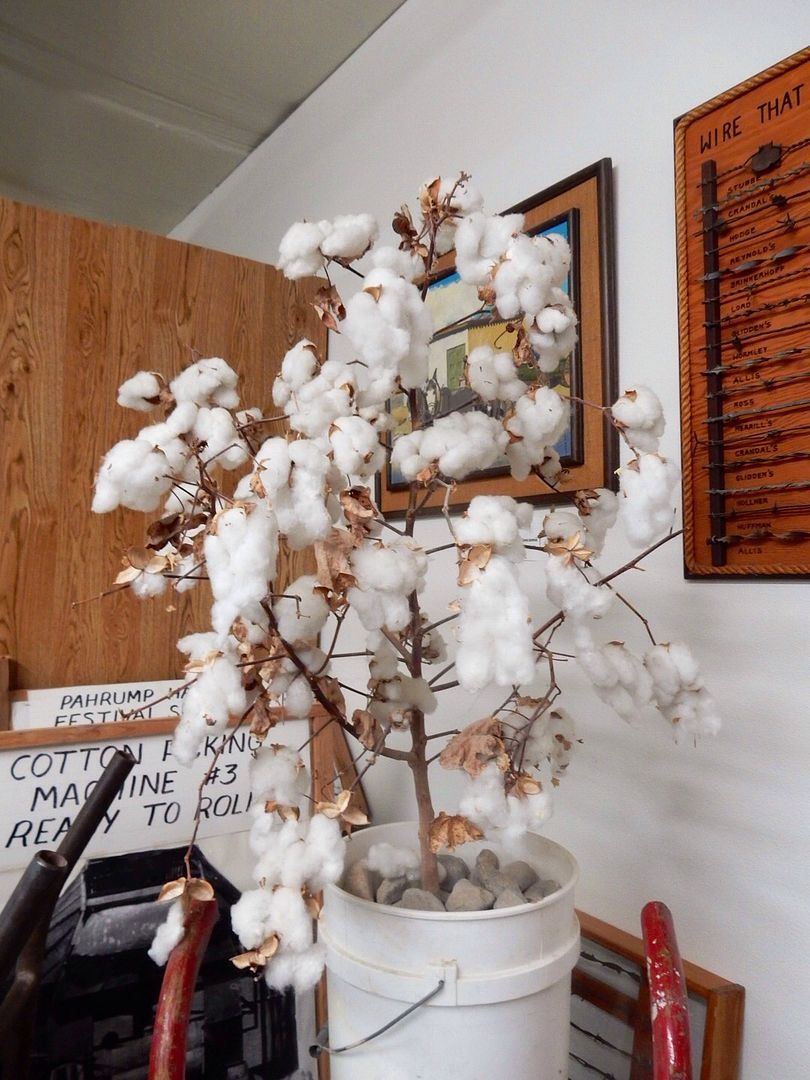
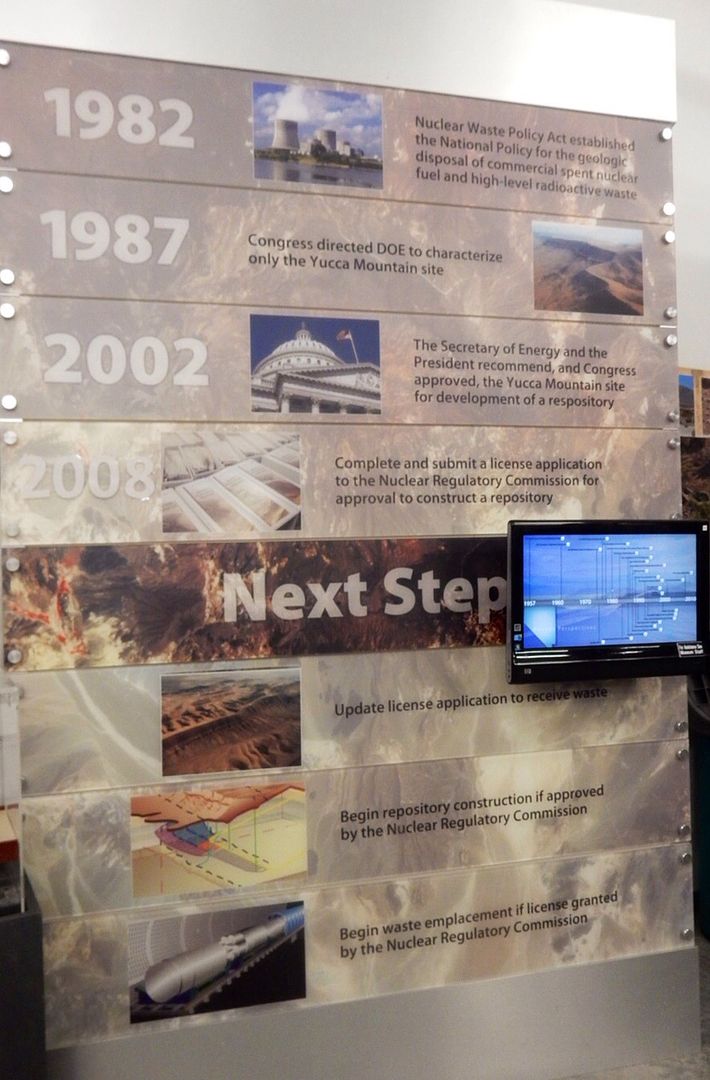
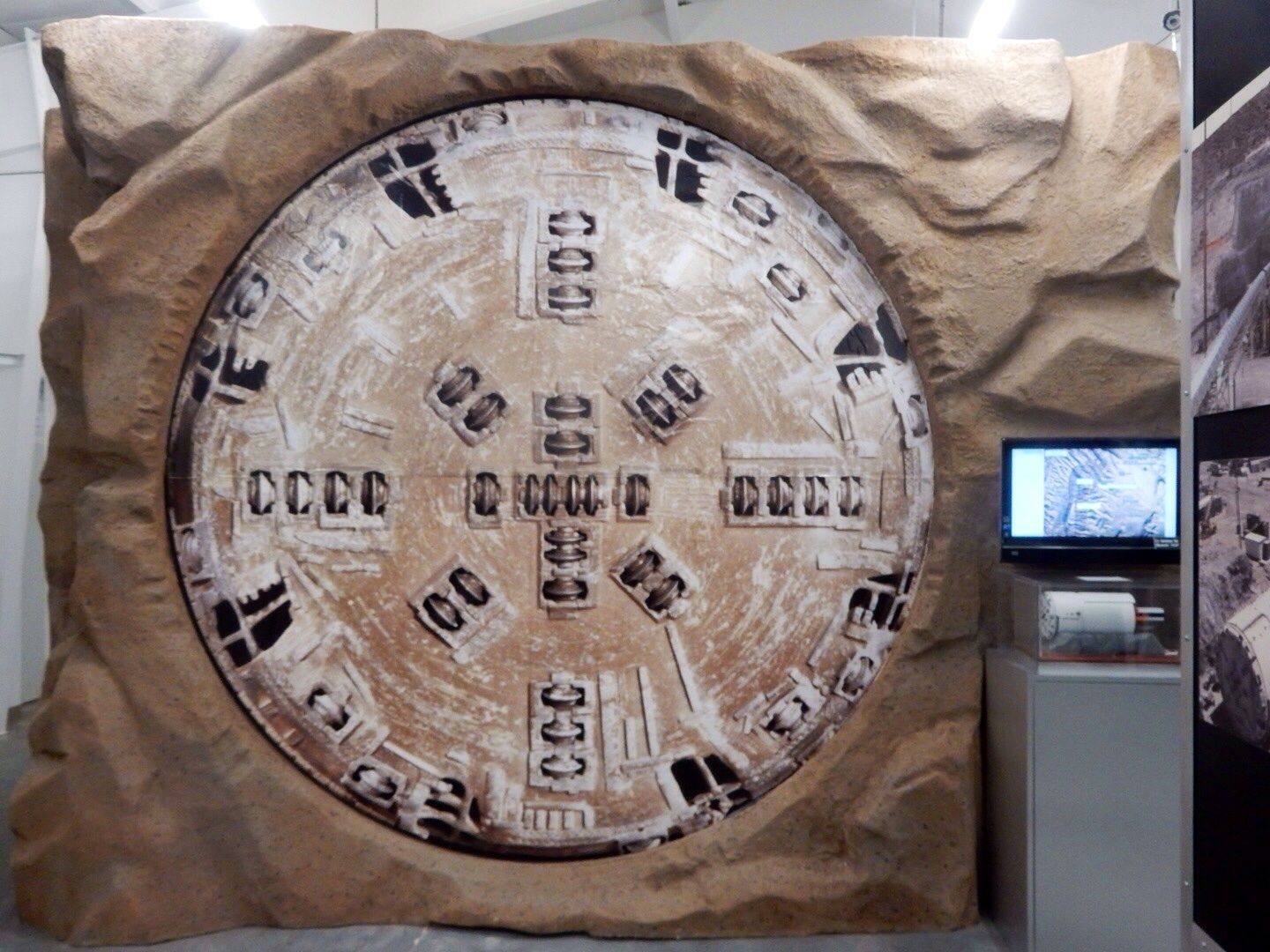
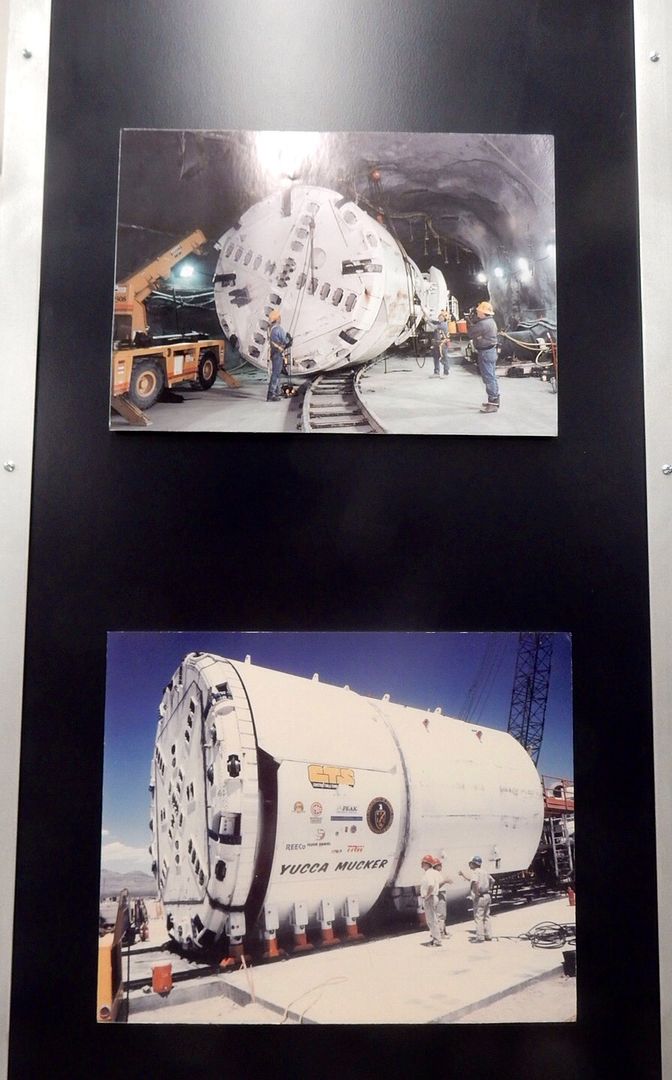

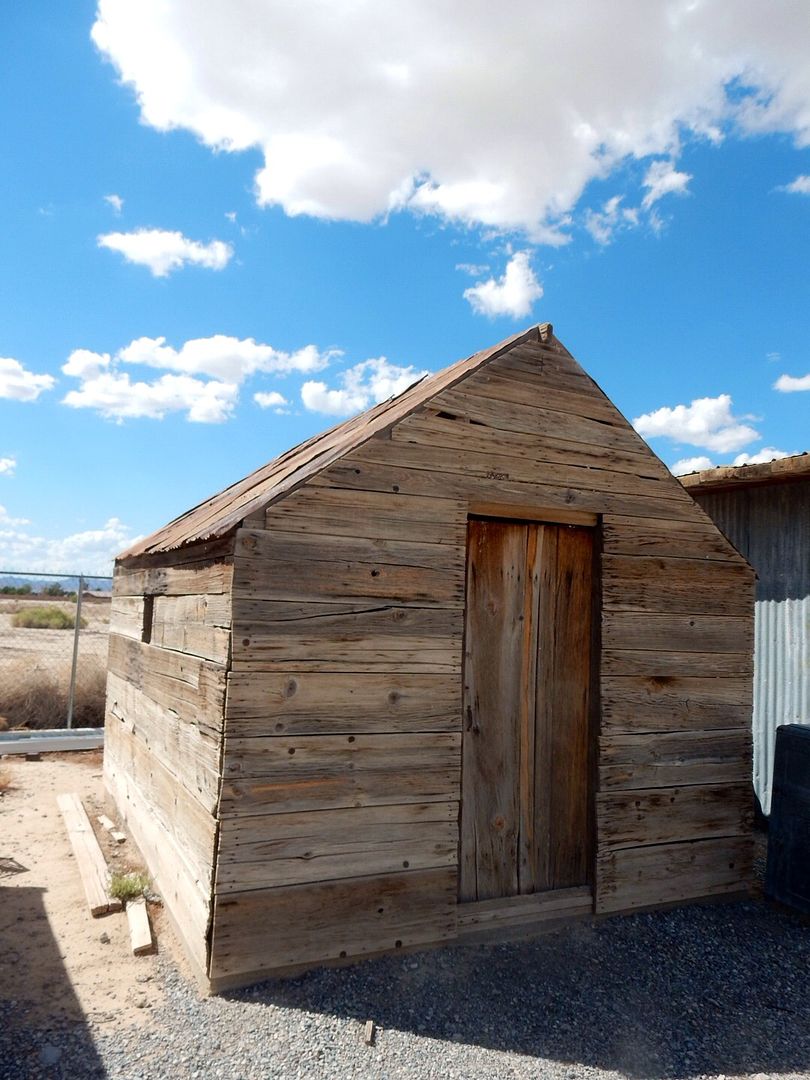
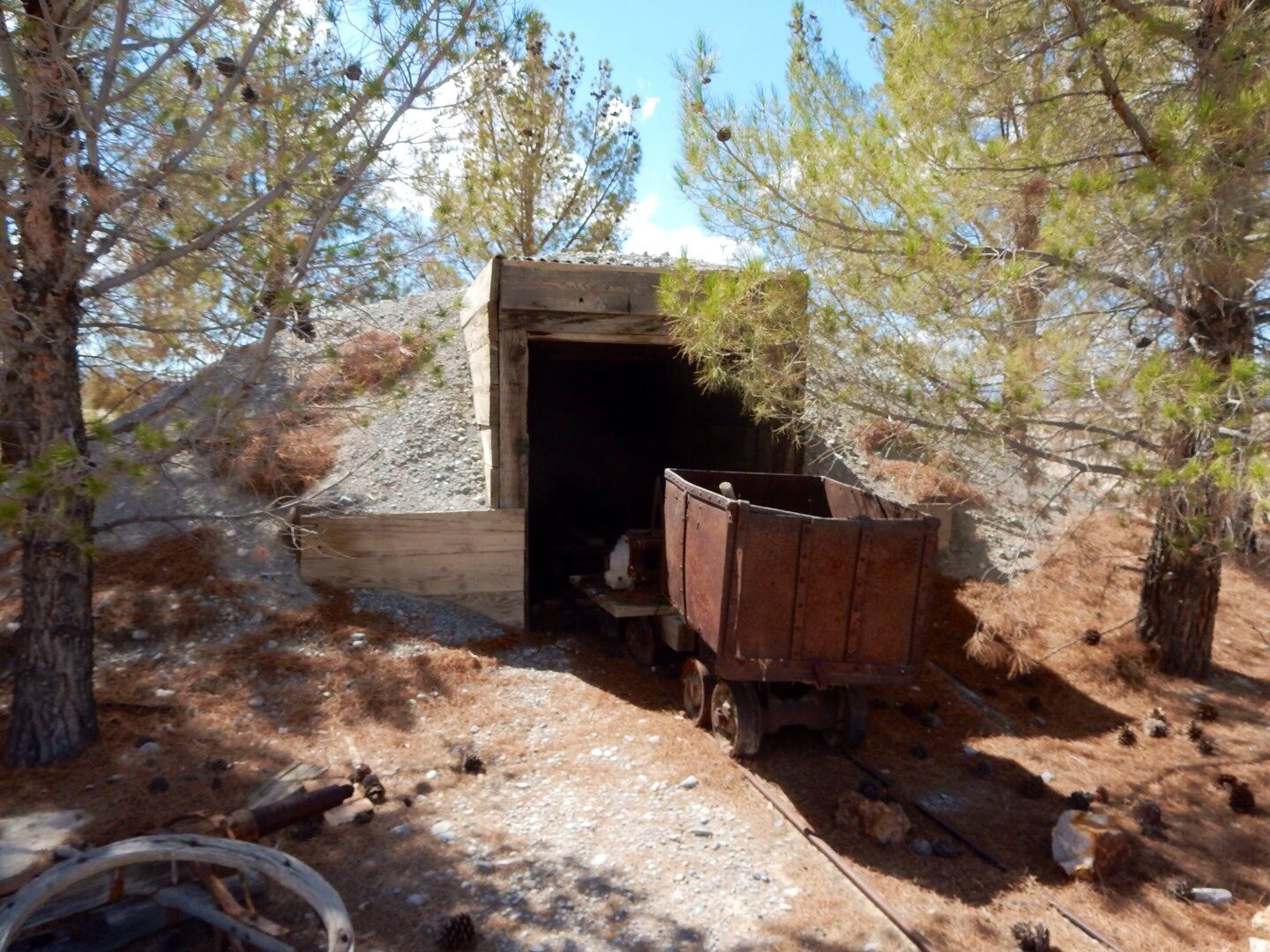
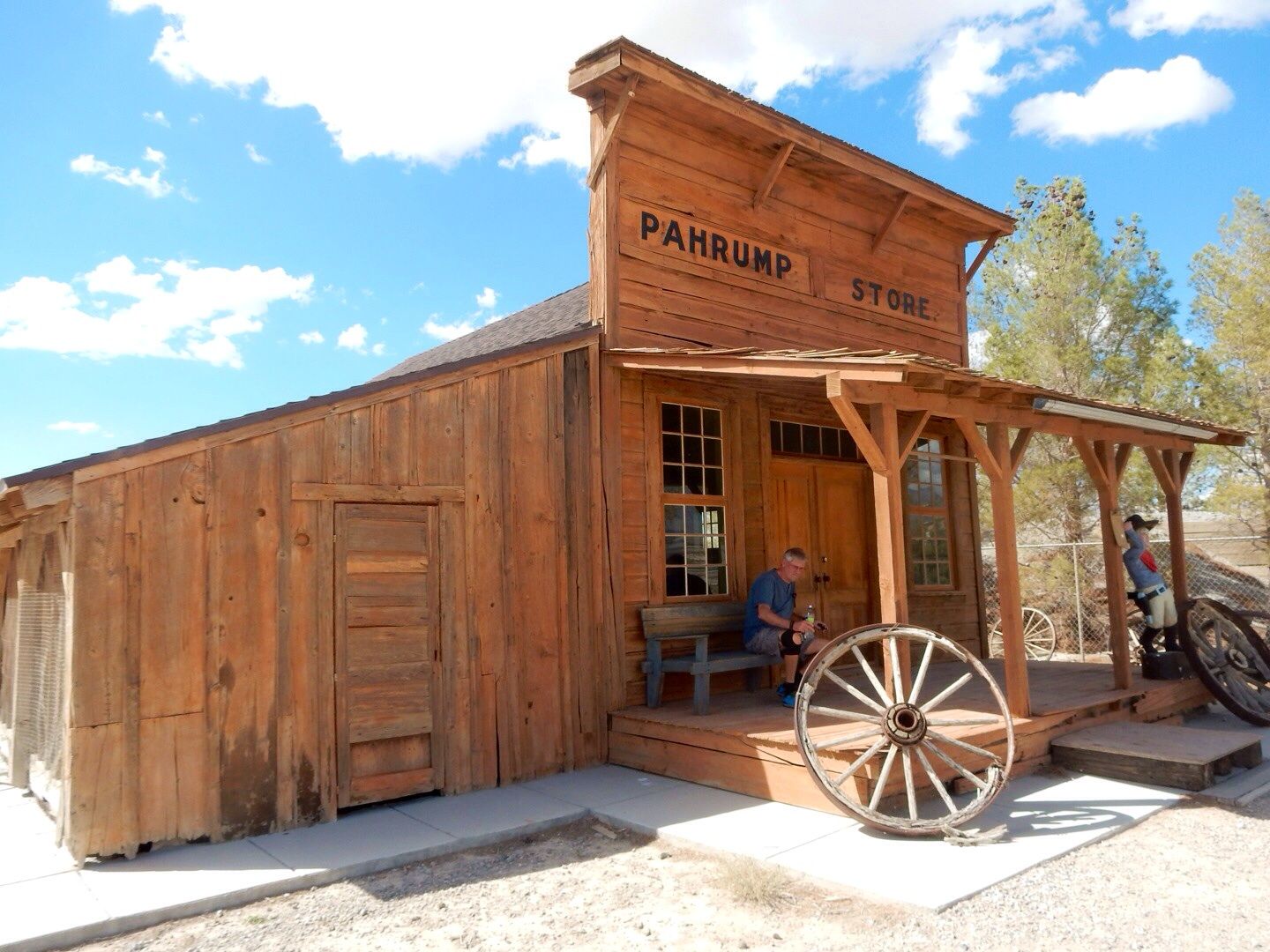

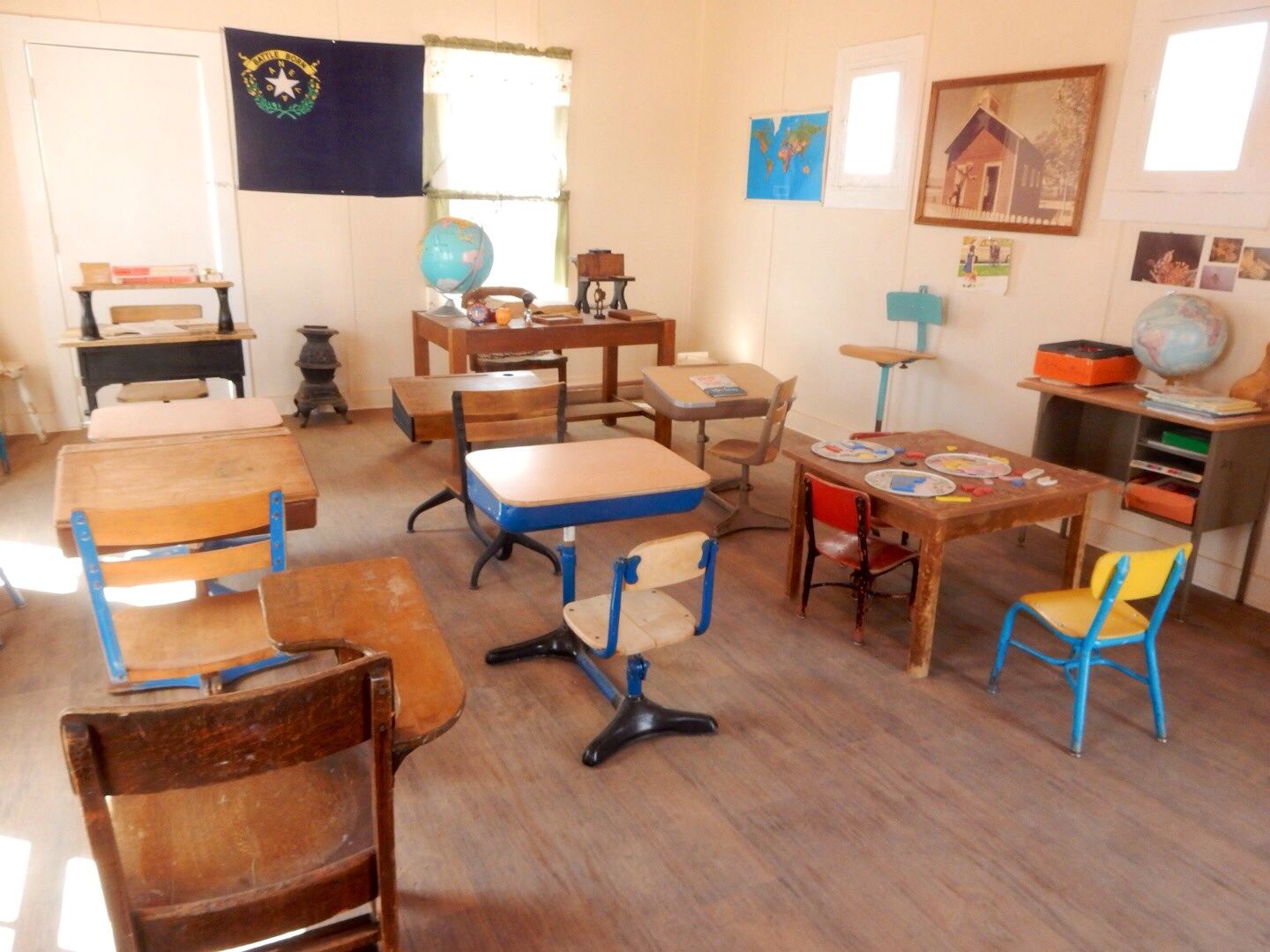
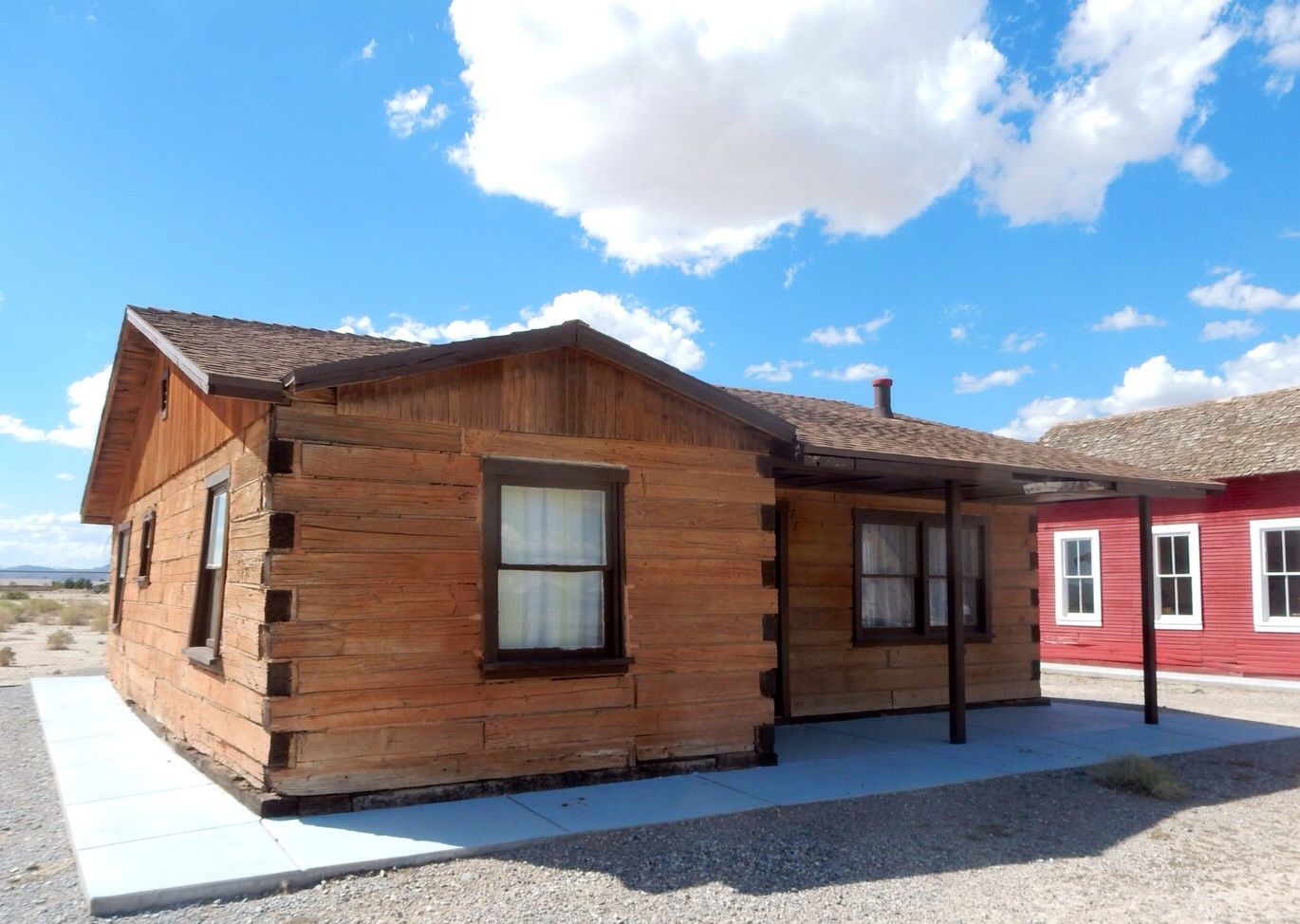
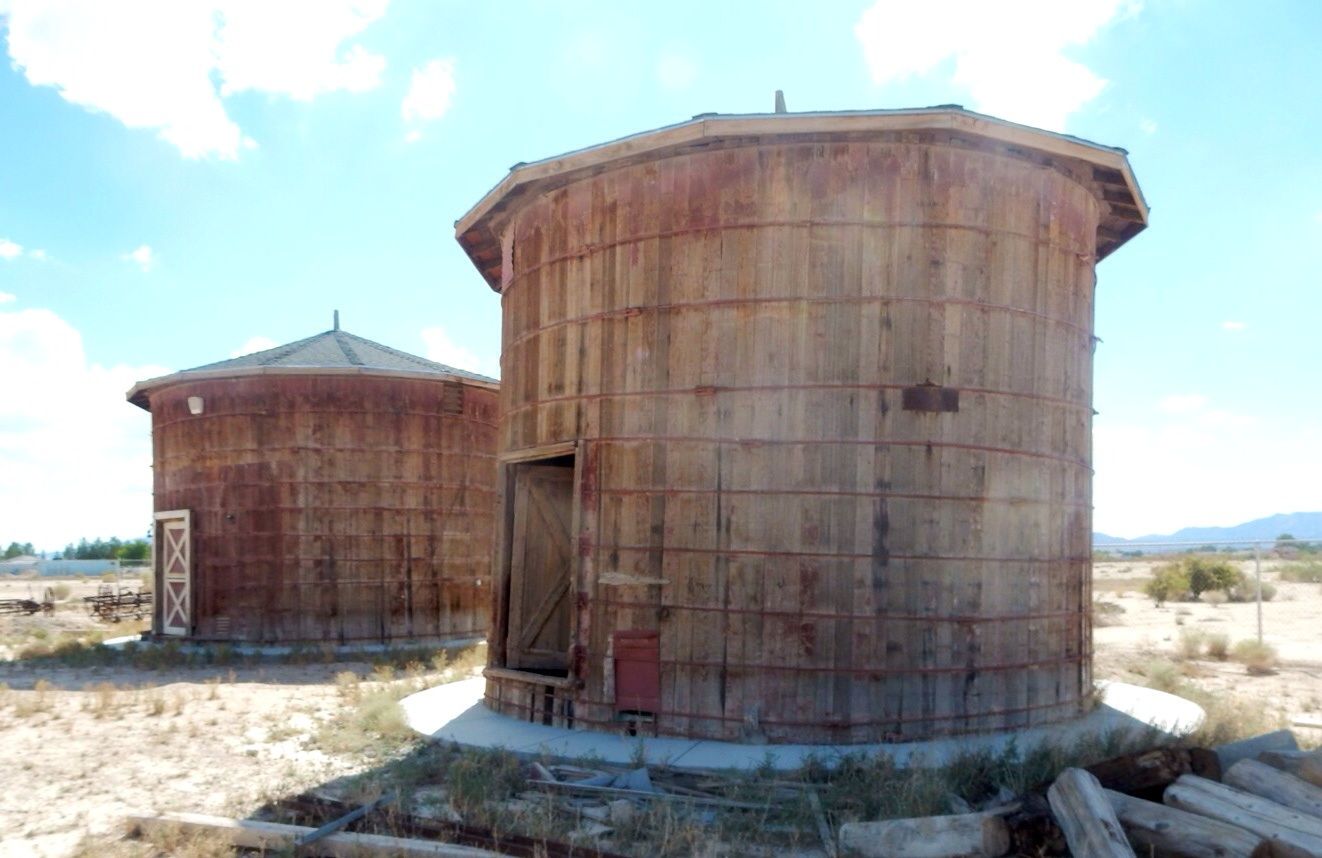
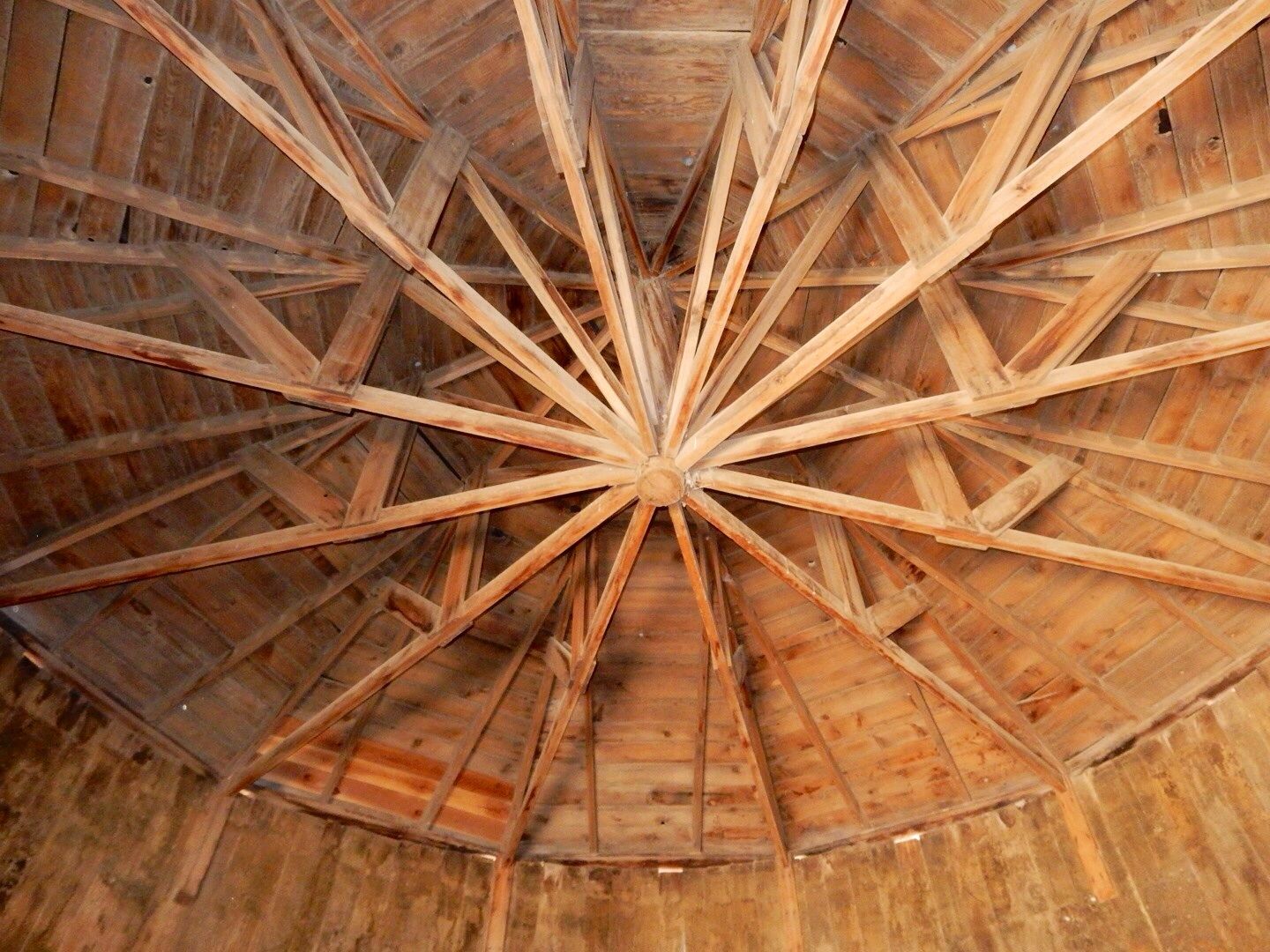


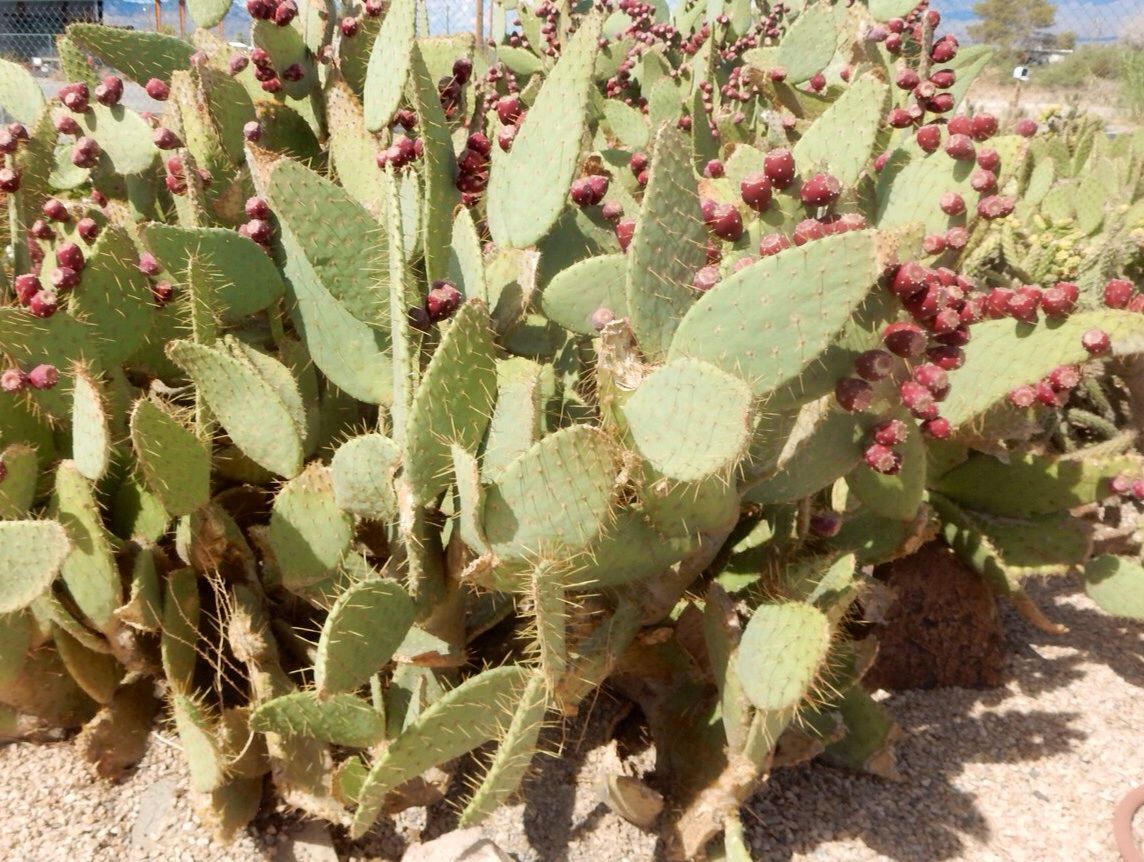

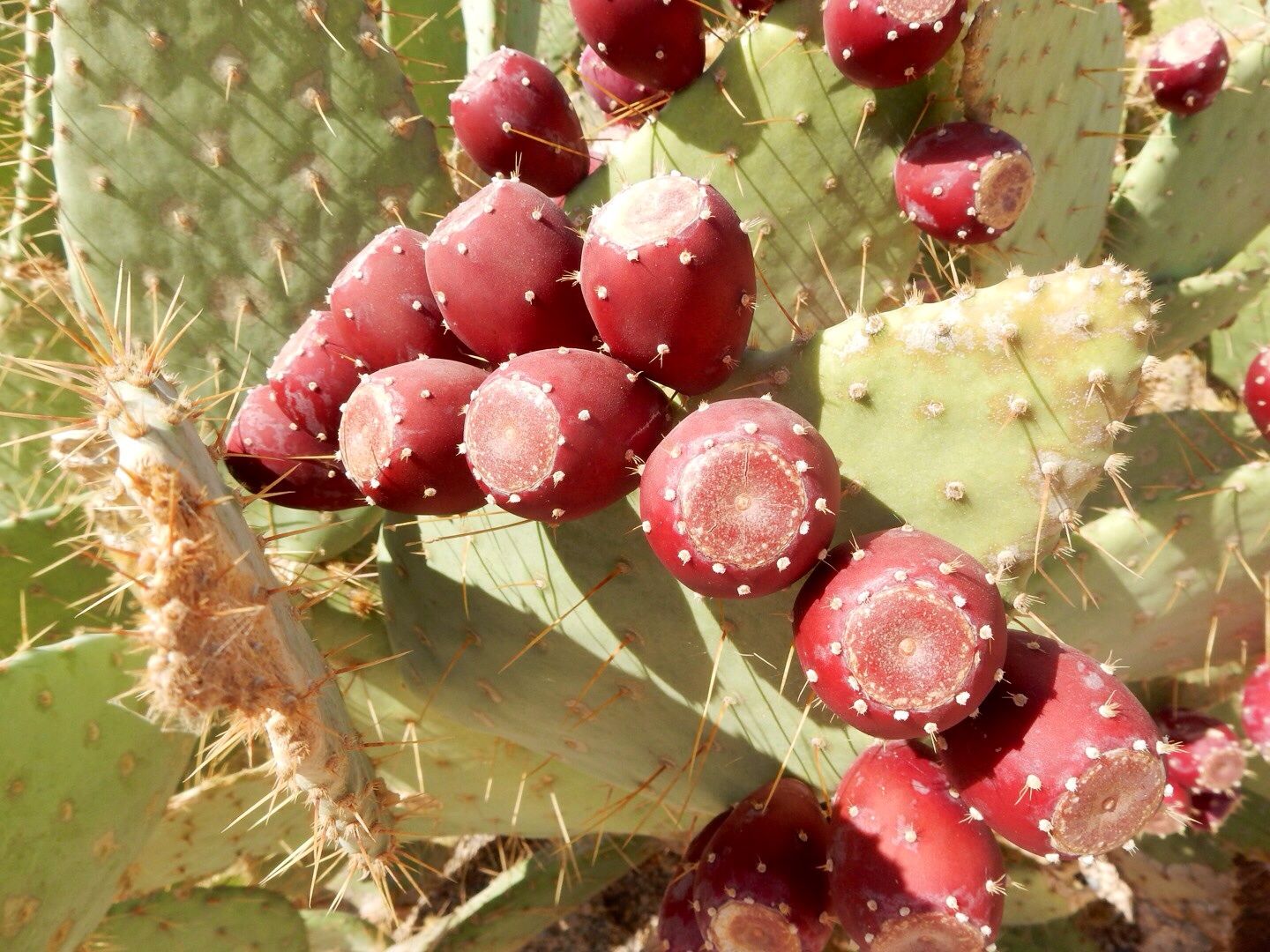
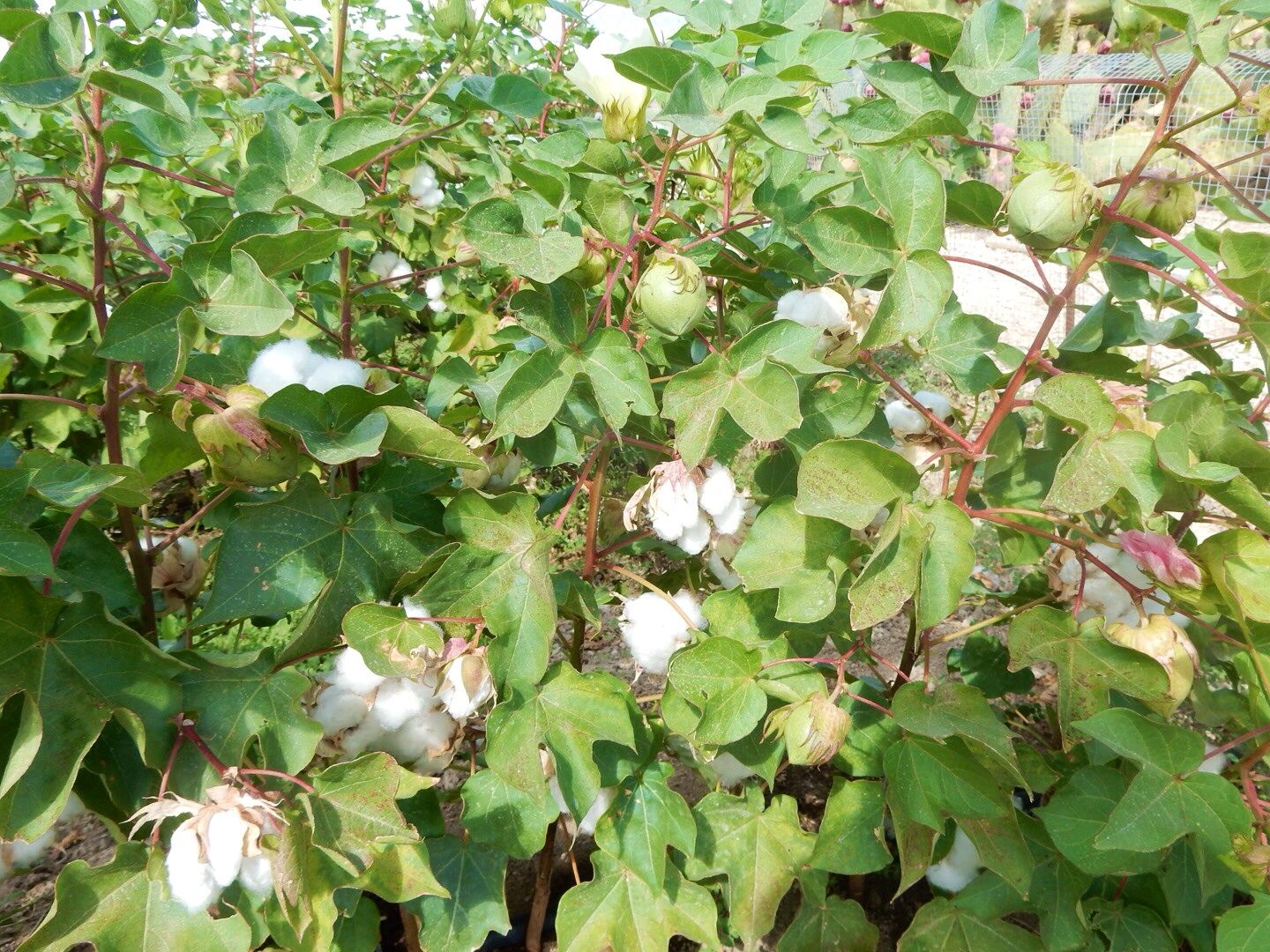
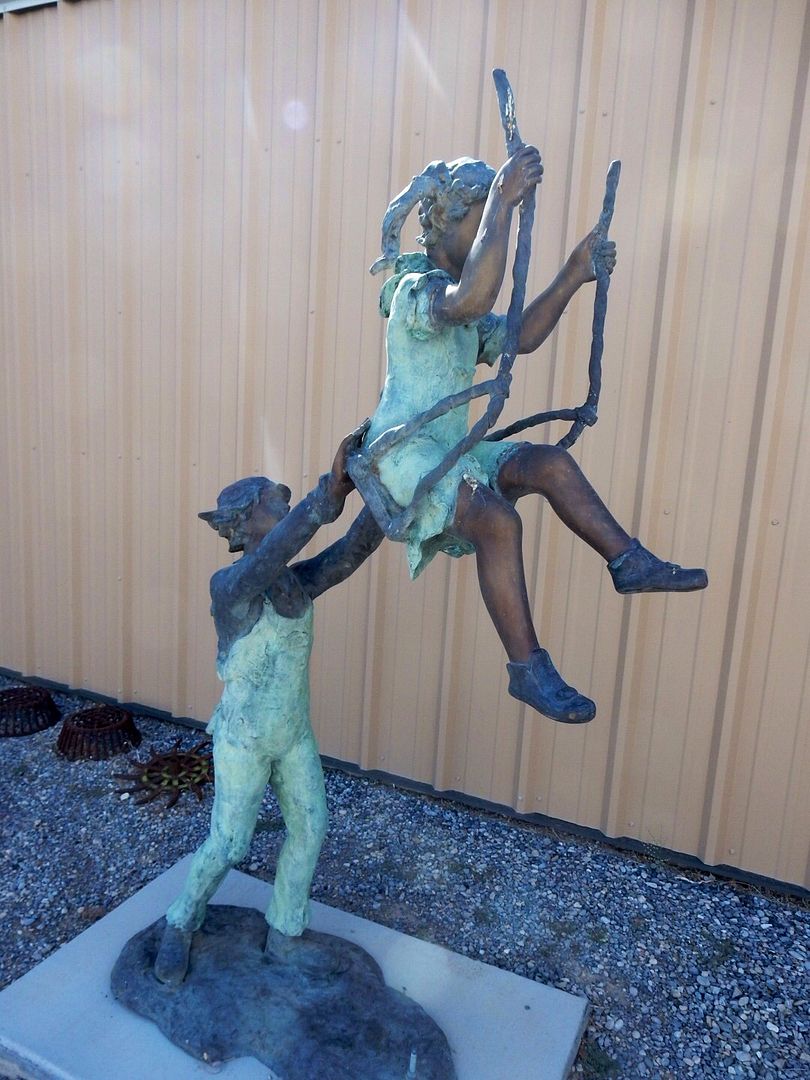
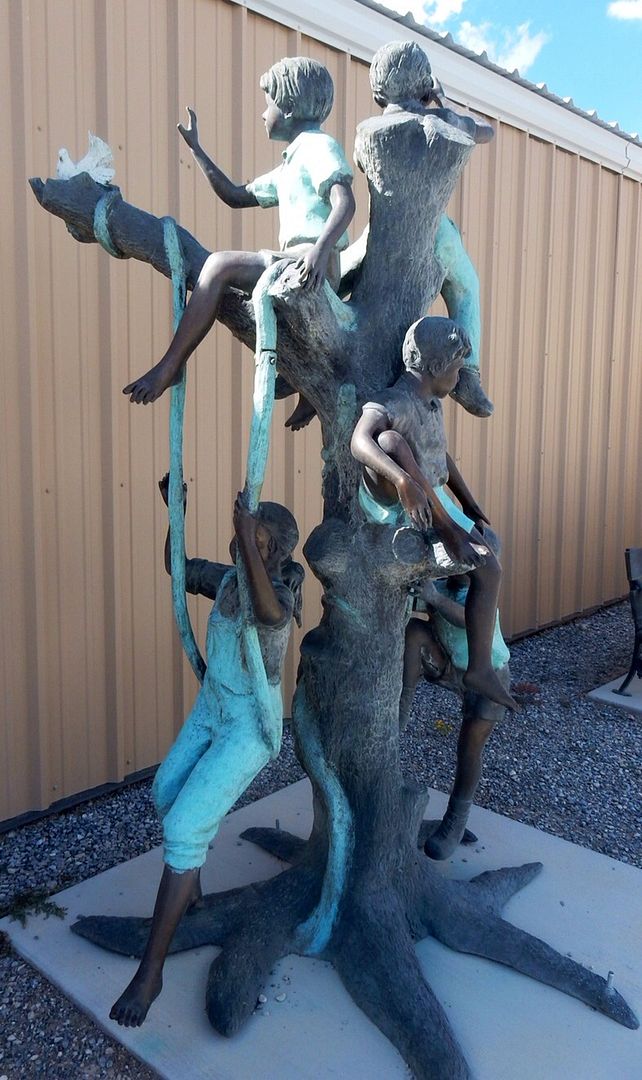

No comments:
Post a Comment